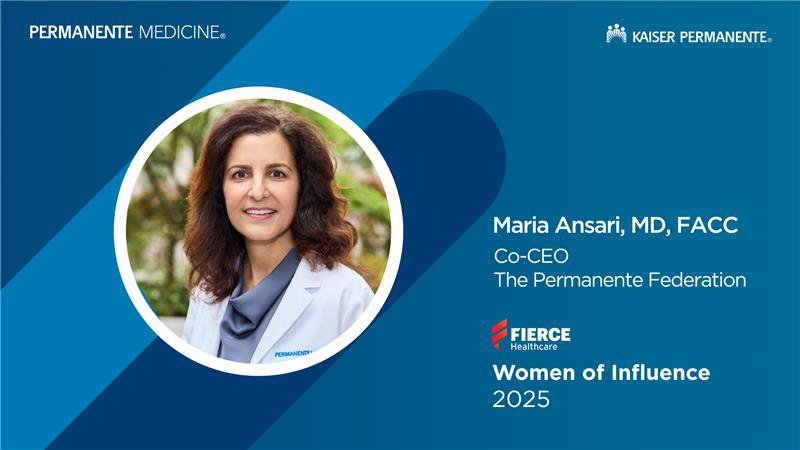Co-CEO of The Permanente Federation recognized for prioritizing physician wellness, improving care quality, and driving advancements in AI.
Kaiser Permanente Hypertension Physician Lead Discusses New Clinical Guidelines
For the first time in over a decade, the American Heart Association (AHA) and the American College of Cardiology (ACC) presented updated hypertension guidelines. The previous guidelines indicated that 1 in 3 adult Americans has high blood pressure, while the new guidelines suggest that this number has increased to 1 in 2. Under the guidelines, high blood pressure starts at 130/80 millimeters of mercury, compared to the former 140/90 mm HG.
In response to the updated guidelines, Joseph Young, MD, national clinical hypertension lead for Kaiser Permanente, discussed with MedPage Today the effects of the new guidelines and how he believes Kaiser Permanente will continue to serve as a national model for hypertension control care.
Dr. Young emphasizes that, even before news of the updated guidelines, Kaiser Permanente has been utilizing evidence-based protocols to far exceed the national blood pressure control rates (55% – 65%, compared to Kaiser Permanente’s 90%). In addition, the Centers for Disease Control Prevention’s Million Hearts hypertension program endorses Kaiser Permanente’s treatment algorithm as an evidence-based protocol to adopt.
Keeping with this promising track record, Dr. Young says Kaiser Permanente is actively thinking about how to ensure that policies are appropriately updated to reflect patients’ clinical needs. “What we’re going to be doing in the next several months is assembling specialists to do our own evidence review and update our own guidance,” he says.
When asked about the secret to Kaiser Permanente’s success in hypertension control, Dr. Young explains: “There’s nothing in our program that couldn’t be done elsewhere. It’s really about building a culture that supports quality, that makes quality very visible, from the most senior leadership. Even more importantly, this enables front-line staff to deliver the best possible care.”


